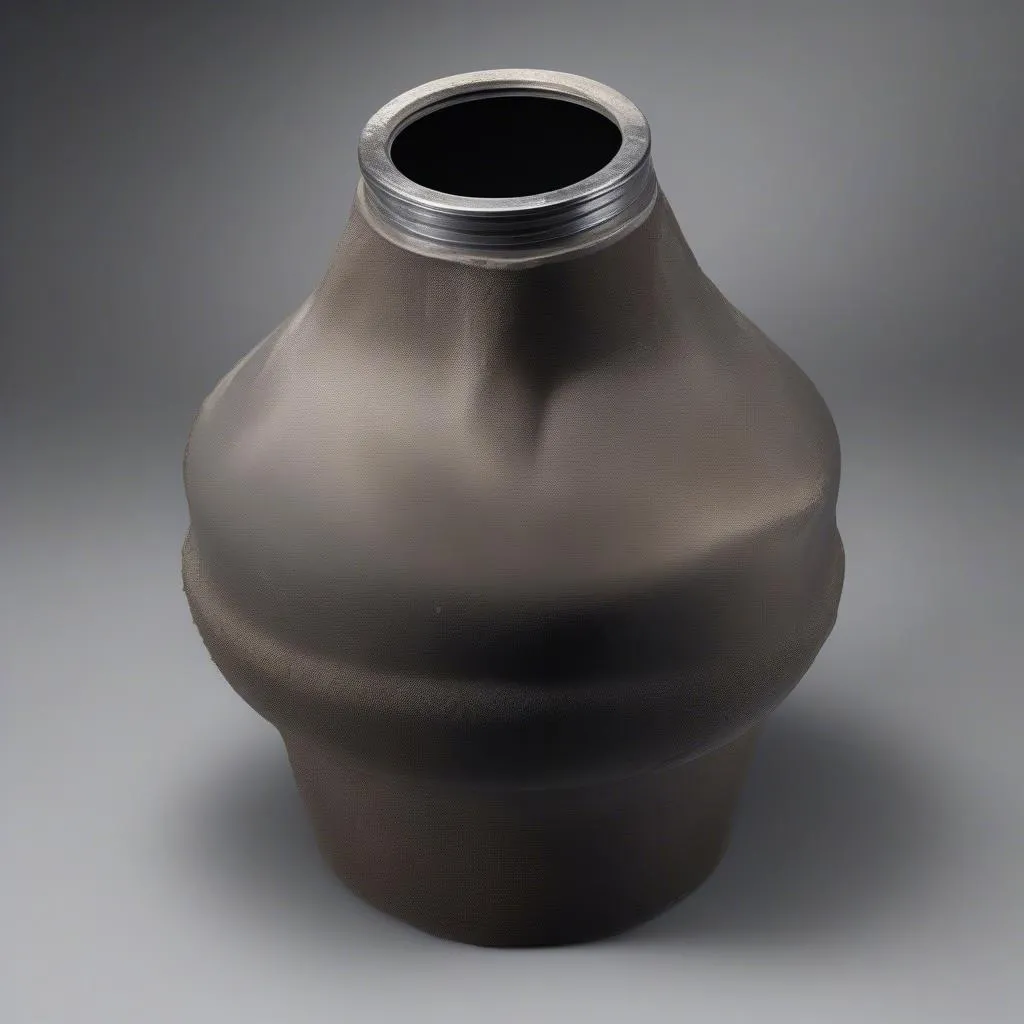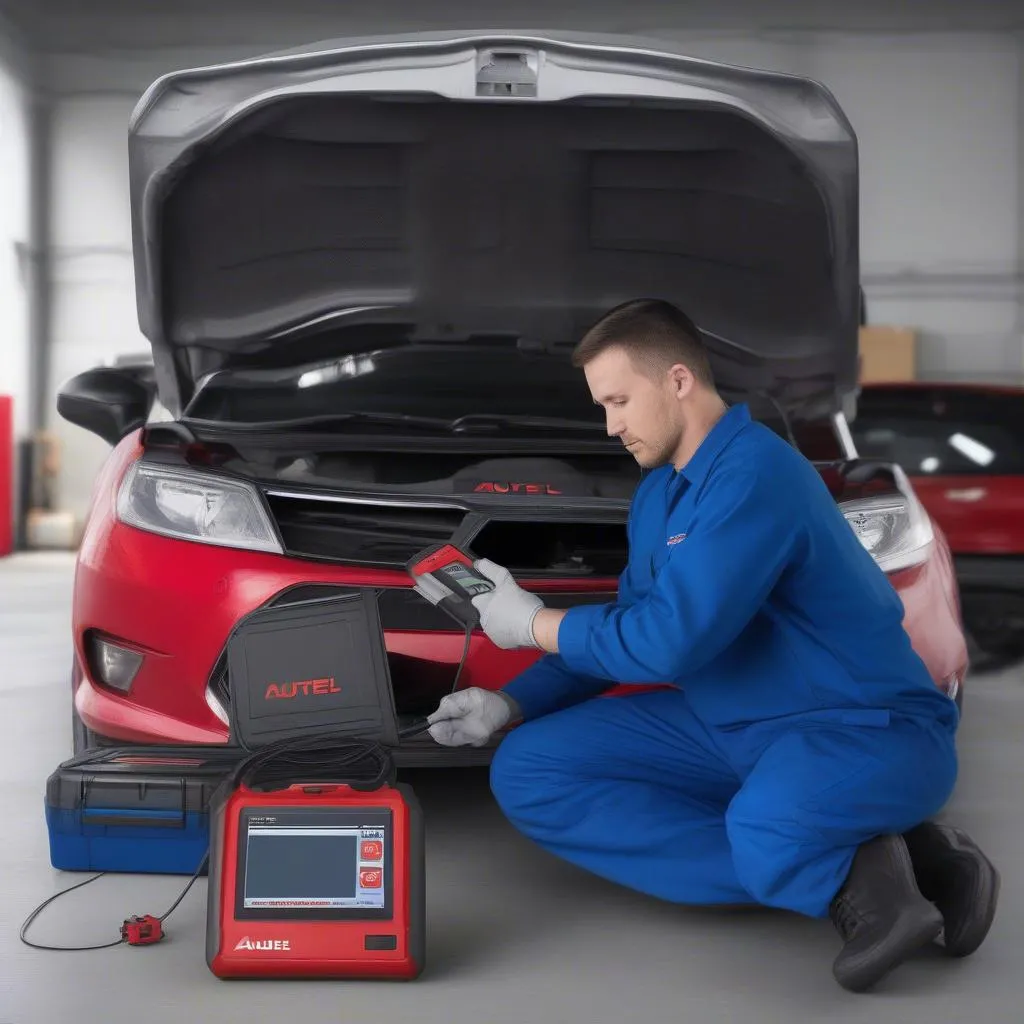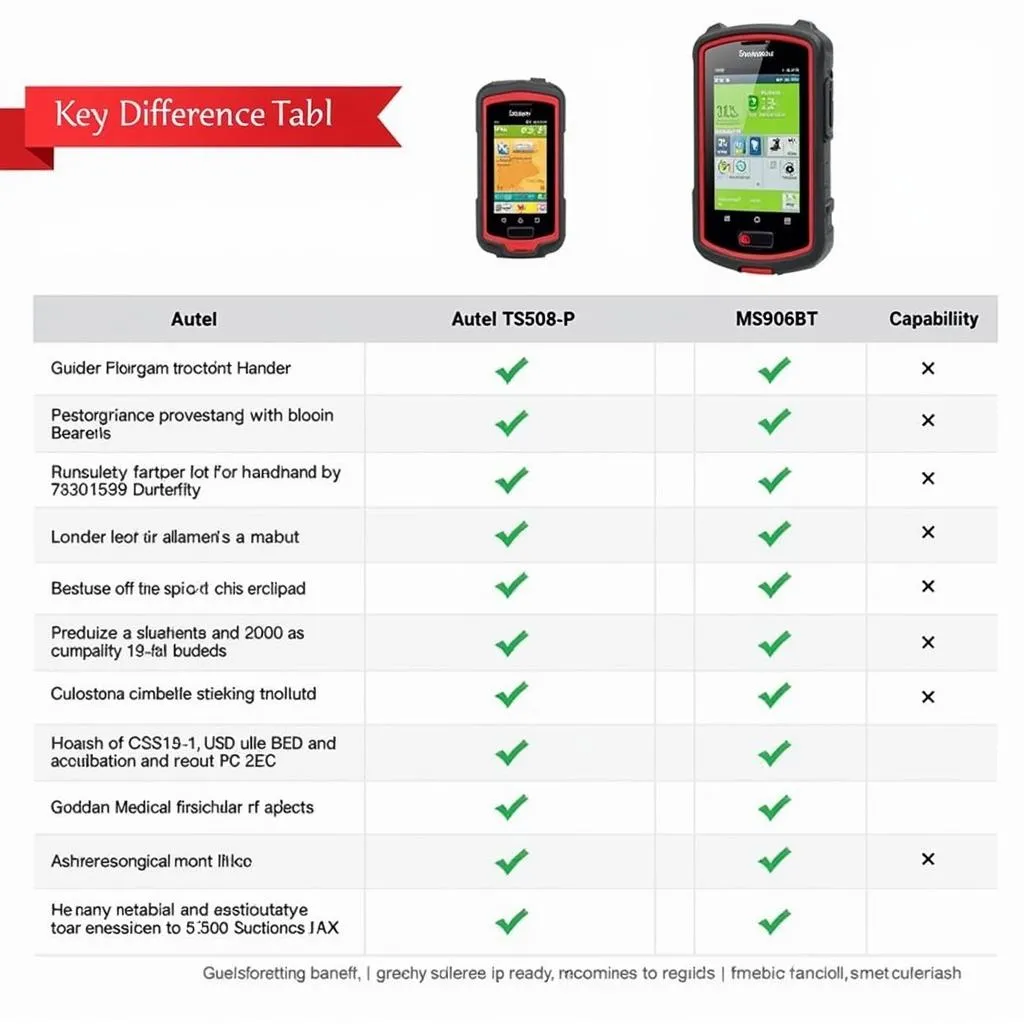Have you ever wondered how your car’s engine cleans itself? It’s a fascinating process, and one that’s essential to maintaining the health and efficiency of your vehicle. Today, we’ll delve into the world of Diesel Particulate Filters (DPF) and how the Autel Maxidas DS708 can help you manage them.
Understanding DPF Regeneration and the Autel Maxidas DS708
The Autel Maxidas DS708 is a powerful diagnostic tool that’s become a staple in the toolkit of many mechanics. Its ability to read and clear codes, perform various tests, and manage complex functions like DPF regeneration sets it apart. But why is DPF regeneration so important?
Imagine this: You’re driving down a dusty road, and your car’s engine is working hard. The exhaust system is full of soot and particulate matter, which can clog up the engine and reduce its performance. That’s where the DPF comes in. This filter traps the harmful particles, keeping them from polluting the environment.
However, like any filter, the DPF needs to be cleaned. This is where the process of DPF regeneration comes into play. Regeneration is the process of burning off the accumulated soot in the filter, restoring its efficiency.
The Autel Maxidas DS708 is your key to managing DPF regeneration effectively. It can monitor the DPF’s health, detect when it’s time for regeneration, and even trigger the regeneration process manually.
Why is DPF Regeneration Important?
DPF regeneration is crucial for several reasons:
- Environmental Impact: By trapping and burning soot, DPFs help reduce air pollution, making our cities and roads cleaner.
- Engine Performance: A clogged DPF can lead to reduced engine power, fuel efficiency, and even engine damage.
- Cost Savings: Regular DPF regeneration can help prevent costly repairs and replacements down the line.
Think of it this way: Just like your body needs regular detoxification, your car’s engine needs regular DPF regeneration to stay healthy and perform at its best.
 dirty-diesel-particulate-filter
dirty-diesel-particulate-filter
Understanding DPF Regeneration Modes
DPF regeneration can happen automatically or manually:
1. Automatic Regeneration:
Most modern vehicles have sophisticated systems that automatically initiate regeneration when needed. This is usually triggered by factors like engine temperature, exhaust gas pressure, and driving conditions.
2. Manual Regeneration:
In some cases, the automatic regeneration system may not be able to complete the process successfully. This is where the Autel Maxidas DS708 comes in handy. It allows you to manually initiate regeneration, ensuring that the DPF is cleaned properly.
It’s like a self-cleaning oven: Automatic regeneration is like the oven’s self-cleaning cycle that kicks in automatically. But sometimes, you need to manually clean the oven yourself, just as you might need to manually regenerate the DPF using the Autel Maxidas DS708.
Using the Autel Maxidas DS708 for DPF Regeneration
The Autel Maxidas DS708 offers a user-friendly interface and clear instructions for managing DPF regeneration. Here’s a simplified step-by-step guide:
- Connect the DS708 to your vehicle: Ensure the device is compatible with your vehicle’s make and model.
- Access the DPF regeneration function: Navigate to the appropriate menu within the DS708 software.
- Select the DPF regeneration mode: Choose between automatic or manual regeneration based on your vehicle’s needs.
- Follow the on-screen instructions: The DS708 will guide you through the entire regeneration process, ensuring optimal results.
Think of the DS708 as your trusted guide: It provides you with the knowledge and tools needed to keep your DPF in tip-top shape.
 autel-maxidas-ds708-diagnostic-tool
autel-maxidas-ds708-diagnostic-tool
Common Issues with DPF Regeneration
While DPF regeneration is generally a smooth process, there can be occasional challenges:
- Incomplete Regeneration: The regeneration process may not complete successfully due to various factors like insufficient driving time, low exhaust gas temperature, or faulty sensors.
- Clogged DPF: If the DPF is heavily clogged, even manual regeneration may not be effective.
- Error Codes: You may encounter error codes related to DPF regeneration, indicating potential issues.
Here’s a real-world example: A mechanic using the Autel Maxidas DS708 found an error code related to the DPF regeneration system. Upon further investigation, they discovered a faulty sensor, which was replaced successfully, allowing the DPF to regenerate properly.
Solutions for DPF Regeneration Issues
If you face challenges with DPF regeneration, here are some possible solutions:
- Drive Your Vehicle Longer: Regularly driving your vehicle for extended periods at highway speeds can help trigger automatic regeneration.
- Manual Regeneration: Utilize the Autel Maxidas DS708 to manually initiate regeneration.
- Inspect DPF: In case of a heavily clogged DPF, consider professional inspection and cleaning or replacement.
- Diagnose Sensors: Have any faulty sensors replaced to ensure the DPF system functions correctly.
Think of it like a doctor’s visit: If you’re experiencing DPF regeneration problems, it’s best to consult a professional mechanic to diagnose and address the issue effectively.
Frequently Asked Questions About DPF Regeneration
Q: How often does my DPF need to regenerate?
A: Automatic regeneration typically occurs every 300-600 miles, but the frequency can vary depending on driving conditions and your vehicle’s model.
Q: How long does DPF regeneration take?
A: Regeneration can take anywhere from 10-30 minutes, but the exact duration depends on the vehicle and the amount of soot accumulated in the DPF.
Q: Can I drive my vehicle during regeneration?
A: Yes, you can drive your vehicle during automatic regeneration, but it’s advisable to avoid idling or driving at low speeds.
Q: What are the signs of a faulty DPF?
A: Signs of a faulty DPF include reduced engine power, increased fuel consumption, unusual smoke from the exhaust, and warning lights on the dashboard.
Q: Is it possible to remove the DPF?
A: Removing the DPF is illegal in most countries due to environmental regulations. It’s crucial to adhere to these regulations and maintain your vehicle’s emissions system.
Q: How can I prevent DPF problems?
A: Regular maintenance, including oil changes, fuel filter replacements, and avoiding short trips, can help prevent DPF issues.
Q: What are some other useful features of the Autel Maxidas DS708?
A: Apart from DPF regeneration, the Autel Maxidas DS708 offers a wide range of features, including:
- Code Reading and Clearing: Diagnose and fix various engine issues.
- Live Data Streaming: Monitor various vehicle parameters in real-time.
- ECU Programming: Update or reprogram vehicle modules.
- Advanced Functions: Perform specialized tests, such as injector coding, ABS bleeding, and airbag reset.
Q: How can I find more information about the Autel Maxidas DS708 and DPF regeneration?
A: You can explore our website https://diagxcar.com/autel-maxidas-ds708-diagnostic-system-reviews/ for comprehensive guides and reviews on the Autel Maxidas DS708 and other diagnostic tools. You can also find information on our blog and explore our other articles, such as https://diagxcar.com/autel-professional-scan-tools/ for deeper insights into automotive diagnostics.
Conclusion:
The Autel Maxidas DS708 is a valuable tool for any mechanic or car enthusiast looking to manage DPF regeneration effectively. It empowers you to keep your vehicle running smoothly and efficiently while protecting the environment. Remember, regular DPF regeneration is essential for optimal engine performance and environmental responsibility. If you have any questions or need assistance with DPF regeneration or other automotive diagnostics, don’t hesitate to contact our team of experts!
